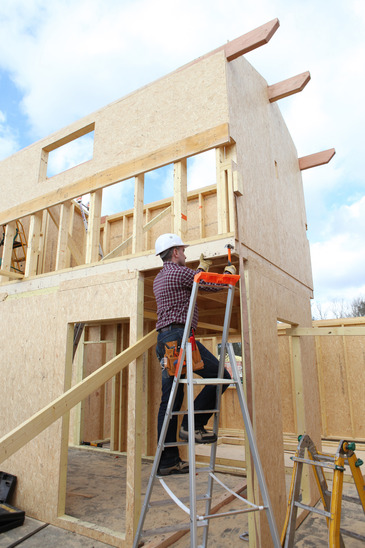

What to Look for in a Lot to Build Your Home in Las Cruces
#1: Location, Location, Location
Isn't this always the most important consideration when doing anything in life? Especially buying a lot. Aside from just choosing the side of Las Cruces you want to live on, it’s also important to find out that if your lot is part of a bigger real estate subdivision, is it going to be on the side that has a nice view, or the side that’s right next to a highway? If you have kids, you’ll want to think about nearby school districts. If you are still in your working years, you’ll also want to make sure you don’t build a house that’s so far from work that you have a commute time that’s longer than your work day. If you are retired or retiring, you may want to look into nearby community amenities including medical services, recreational facilities, clubhouses, fitness centers, etc..
#2: Try To Picture Your Neighborhood in the future 
When buying land and homes for clients, they're so blinded by the initial love of a place that sometimes someone has to ask them, “There’s a railroad track right behind your house. Will you be able to go to sleep with a train passing by outside your bedroom at night?” When helping clients buy a lot to build a home on, often, they need to be reminded to ask the question “is there any chance a major street could end up adjacent to my property?“
If you buy a lot in the middle of a beautiful, pastoral area with lots of room and gorgeous green grass, is there any chance the people who live next door might build a Motocross track and race motorcycles and Go Karts all hours of the day? Could it be the stack of hay bales your neighbor has all in a row at the end of his property means he has a shooting range? Some of these things may not be apparent at first glance, so it’s worth taking some time to ask questions and find out.
#3: Know The Property’s Setbacks
What are the setbacks on your lot? "Setbacks” are the guidelines that state how close to the border of your property you can build. Your local building department or owners association will have the answer to this question, and it may affect where you put your house; or on smaller lots, setbacks might even dictate the size of the home’s footprint.
#4: How Will You Get Utilities and What It Will Cost?
Being clear on exactly how you are going to power your house and take care of water and waste is very important, because these items can be a deal-breaker in some cases. Before you actually complete a purchase on a lot, you’ll want to know exactly how you are going to get access to the following:
Water (either from a utility company or from a well)
Waste (either septic or sewer)
Power
Gas (either from a utility company or from a propane tank)
Phone and Internet service
#5: Find Out Who is Responsible for Maintenance
Who is responsible for maintenance in the surrounding area? If you live where it snows, who is responsible to plow the snow off the access roads in your neighborhood? There are many potential answers: it could be you the homeowner; a homeowners’ association; the county; or even the city. What would happen if you are out and about snowplowing your driveway and you accidentally nick the curb on the sidewalk? Are you going to be fined by your municipality? You should find out before buying the lot.
#6: Don’t Forget Zoning & Restrictions
Lastly, you’ll want to know all about the restrictions on the property. Are you buying land in a community that has Covenants, Codes and Restrictions (CCRs)? Is there an Architectural Control Committee (ACC) that you’ll have to run your design and landscaping decisions by for approval? You’ll want to make sure you know this before you buy the lot, and definitely before you start building.
Zoning is also important. Some areas have land that is zoned for either commercial or residential use. You probably don’t want to build a house where you’ll end up with a gas station as your next door neighbor… but even if you are in an area that’s zoned for residential homes, is it zoned for more than one structure? If you want to build a barn, a detached garage, or a “mother-in-law cottage” behind your house, you’ll want to make sure your lot is zoned properly for this, and finding a lot with this kind of zoning may be harder than you realize.